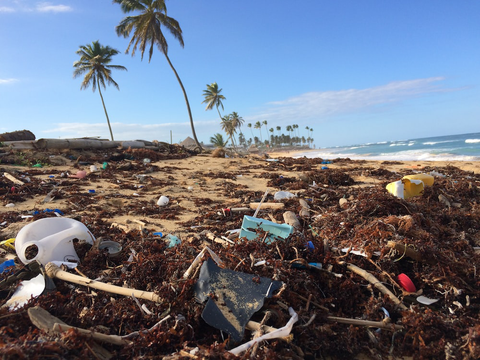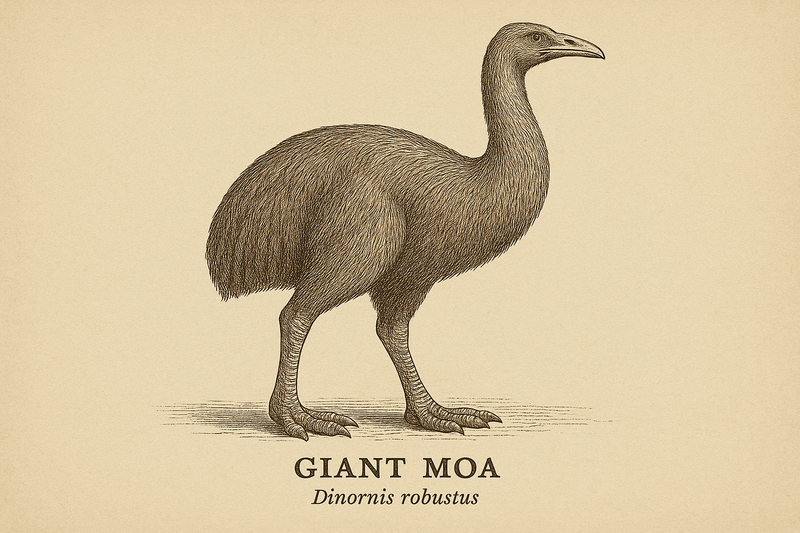
At the 2022 UN Biodiversity Conference, governments worldwide united in a historic commitment to conserve a minimum of 30% of lands and waters by 2030. It marked a landmark step toward addressing the pressing biodiversity crisis, reversing the troubling trend of nature loss, and restoring the population of every species that relies on it.
It is, without a doubt, a move in the right direction, for it aspires to prevent a repetition of the history that ended the magnificent species on our extinct animal clothing.
Here are the key takeaways from the UN's 30x30 plan to save Earth’s biodiversity.
1. Comprehensive Action Targets
On the Conference’s final day, the nations agreed to the Kunming-Montreal Global Biodiversity Framework (GBF). This framework outlined 11 action-based targets, including the overarching 30×30 goal to save 30% of the planet and 30% of the degraded land by 2030.
Other key elements of the framework included the following:
- Supporting sustainable development
- Incorporating and sharing genetics technology
- Reducing pollutant use by 50%
- Involving private businesses in biodiversity efforts
- Enhancing country reporting to ensure goal fulfillment.
2. Financial Hurdles and a Global Trust Fund
Financing the outlined goals posed a significant challenge throughout the Conference. A substantial finance gap of an estimated 700 billion dollars per year over the past decade fueled debates on mobilizing sufficient funds.
On the Conference's last day, nations agreed to establish a global trust fund under the GBF, aiming to mobilize $200 billion annually. Wealthy nations, such as EU members and the US, are expected to contribute a substantial share to save Earth’s biodiversity.
3. A Matter of Consensus
Consensus among the nations remained an uphill battle throughout the Conference, particularly during the finalization of the GBF.
Tensions escalated when the Chinese representative, Huang Runqiu, seemingly accepted the agreement despite objections from the Democratic Republic of the Congo (DRC). This led to subsequent expressions of dissatisfaction from other African countries, prompting behind-the-scenes talks to salvage the deal.
While the DRC eventually withdrew its opposition, questions about the GBF's strength persist.
4. A Critical Leap for Biodiversity Protection

The introduction of the GBF marks a crucial stride in prioritizing biodiversity protection in environmental negotiations. By recognizing that addressing climate change and saving Earth’s biodiversity necessitates equal attention to the natural environment, this framework sets a precedent for global collaboration.
With concerted efforts from governments, businesses, and the general public, we can surely achieve the goals outlined in this Conference by 2030.
Speciologie is one of the many businesses putting their best foot forward to advocate for wildlife conservation. Our goal is to bring more attention to the plight of endangered animals who are following in the footsteps of the Tasmanian tiger, Quagga, and Pyrenean ibex. All purchases of our extinct animal clothing drive contributions toward saving Earth’s biodiversity.
Reach out for feedback and concerns.






0 comments